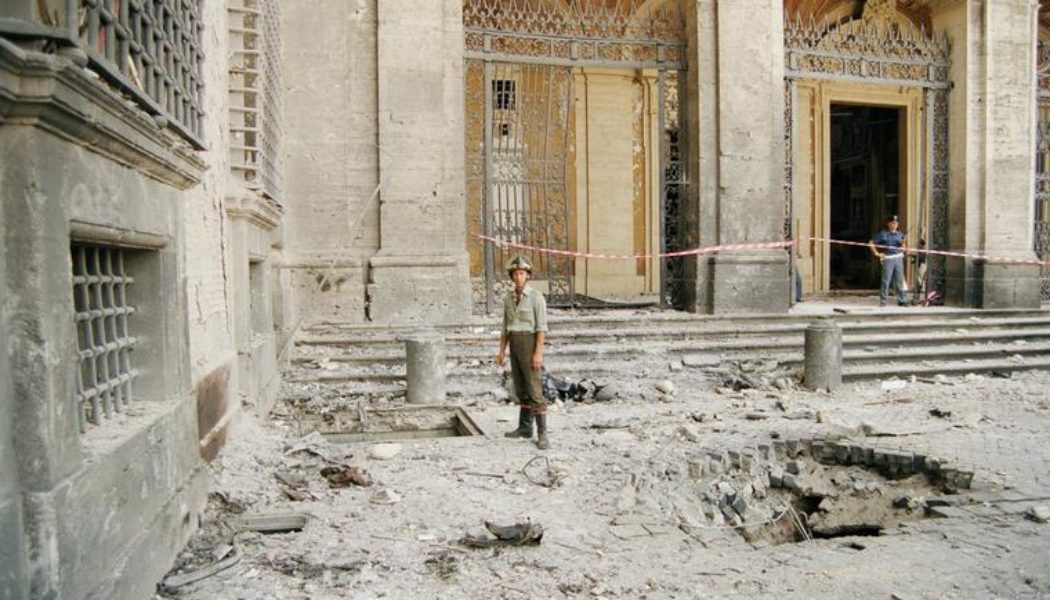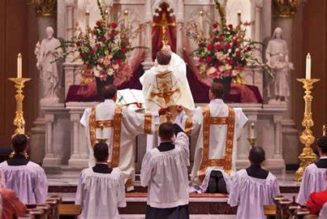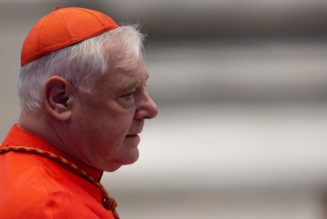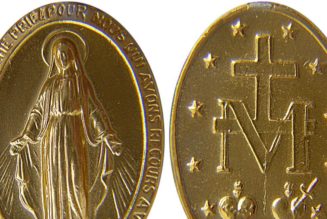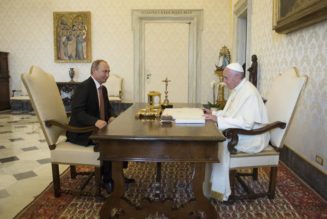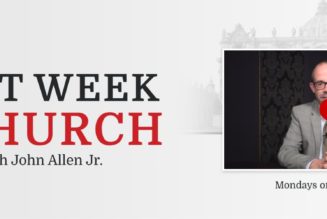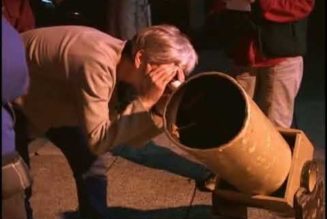
Imagine that St. Patrick’s Cathedral was bombed by the mafia in retaliation for the archbishop of New York denouncing them. Imagine Cardinal John O’Connor inspecting the damage, knowing the attack was directed personally at him.
In 1993, it didn’t happen in New York, the capital of the world, but it did happen in Rome, capital of the Church.
That year the mafia bombed St. John Lateran. The official cathedral of Rome. As the cathedra, or official seat, of the Holy Father as Bishop of Rome, it expresses the universal unity of the Church even more than St. Peter’s Basilica. The latter is the world’s parish church, while St. John Lateran is the cathedral of the universal Church. The inscription in the portico reads: “mother and head of the all the churches in the city and the world.”
Pope Francis last Thursday addressed a public letter to the faithful of his diocese on the 30th anniversary of that bombing. An overnight prayer vigil was held to mark the anniversary. The Holy Father recalled in his short letter the circumstances that led to the sacrilegious attack.
In the early 1990s, Italy was plagued by a series of mafia bombings in response to a national criminal justice campaign against organized crime and corruption. In 1990, a young judge, Rosario Livatino, was assassinated in Agrigento, Sicily. He was beatified as a martyr in 2021.
In 1992, two more senior judges, Giovanni Falcone and Paolo Borsellino, were also assassinated in Sicily.
In 1993, St. John Paul II made a visit to Sicily. Just before an outdoor Mass in the spectacular Valley of the Temples in Agrigento, the Holy Father met with the parents of Blessed Rosario. The encounter must have moved him, for at the end of the Mass, John Paul delivered an extemporaneous denunciation of the mafia’s campaign of terror.
“In the name of Christ, crucified and risen, of Christ who is the way, the truth and the life, I say to those responsible: Convert!” John Paul shouted, shaking with righteous anger. “The judgment of God will come!”
The mafia took note. And added the Church to its list of terror targets.
Less than three months later, during the night of July 27-28, 1993, St. John Lateran was bombed, as well as a smaller church in Rome’s historic center, San Giorgio in Velabro. The bombing of his cathedral seat was a direct response to John Paul. The back portico — the entrance closest to his cathedra — was damaged, and the all the windows of the nearby Lateran Palace, which houses the offices of the diocese of Rome, were blown out.
At the same time, another bombing in Milan, not far from its historic cathedral, killed four people.
John Paul visited the site on July 28, 1993, alongside the president of the Italy, revealing that, “I woke up at one o’clock the morning; now I know why.”
The mafia response was not finished. In September 1993, mafiosi killed Sicily’s most prominent anti-mafia priest, Father Pino Puglisi of Palermo. His last words to them: “I have been expecting you.” The mafia made him pay with his blood for the Pope’s words in Agrigento. He was beatified in 2013.
A pope’s words can have life and death consequences. Thirteen years later, in September 2006, after Pope Benedict XVI’s Regensburg Address, an Italian missionary nun in Somalia was killed at the children’s hospital where she worked. Sister Leonella Sgorbati was beatified in 2018, a martyr to jihadist violence.
The bombing of the Lateran was a reminder that the Holy Father, his person and his office, comes under physical attack. The entire series of early popes were martyred. Pope Pius VI was kidnapped by Napoleon, taken to France and died imprisoned there in 1799. Napoleon also imprisoned Pope Pius VII, who was freed and returned to Rome when Napoleon was defeated in 1814. Blessed Pius XI was under siege at the Vatican in 1848, and had to escape Rome for the Italian coast. When he died in 1878, he was carried by night to his burial place in St. Lawrence Outside-the-Walls, for fear that a hostile Roman mob might throw his body into the Tiber.
Pope Pius XII could observe from his windows Nazi guards patrolling the perimeter of Vatican City. Pope St. Paul VI and Pope St. John Paul II both survived assassination attempts, the latter’s much more serious.
The bombing of the Lateran 30 years ago was, in retrospect, not a show of strength but a last gasp from the mafia. The assassinations and the bombing of Rome’s cathedral turned public opinion decisively against organized crime, and gave Italian authorities the support they needed to move aggressively.
The Lateran cathedral and adjacent palace were the seat of the popes for a thousand years, from the early fourth to the early 14th centuries. When the popes returned to Rome in 1376, the Lateran complex was in disrepair after a great fire in 1361. Also, being close to the city wall, the Lateran was more exposed to invading forces.
Upon return from France, the pope first moved to the great Marian sites — Santa Maria in Trastevere and the St. Mary Major before settling at the Vatican. Yet the Lateran remained his official seat. In 1993, the mafia remembered that — even if many Catholics have forgotten it.
In recent years, Pope Francis has emphasized that by signing many more documents as “from the Lateran” as opposed to “from the Vatican.” The Holy Father does not travel across town to sign the papers, but it reflects the ecclesial truth that a bishop is always spiritually present at his cathedral. And sometimes in person, as on the morning of July 28, 1993, when John Paul stood amongst the wreckage.
